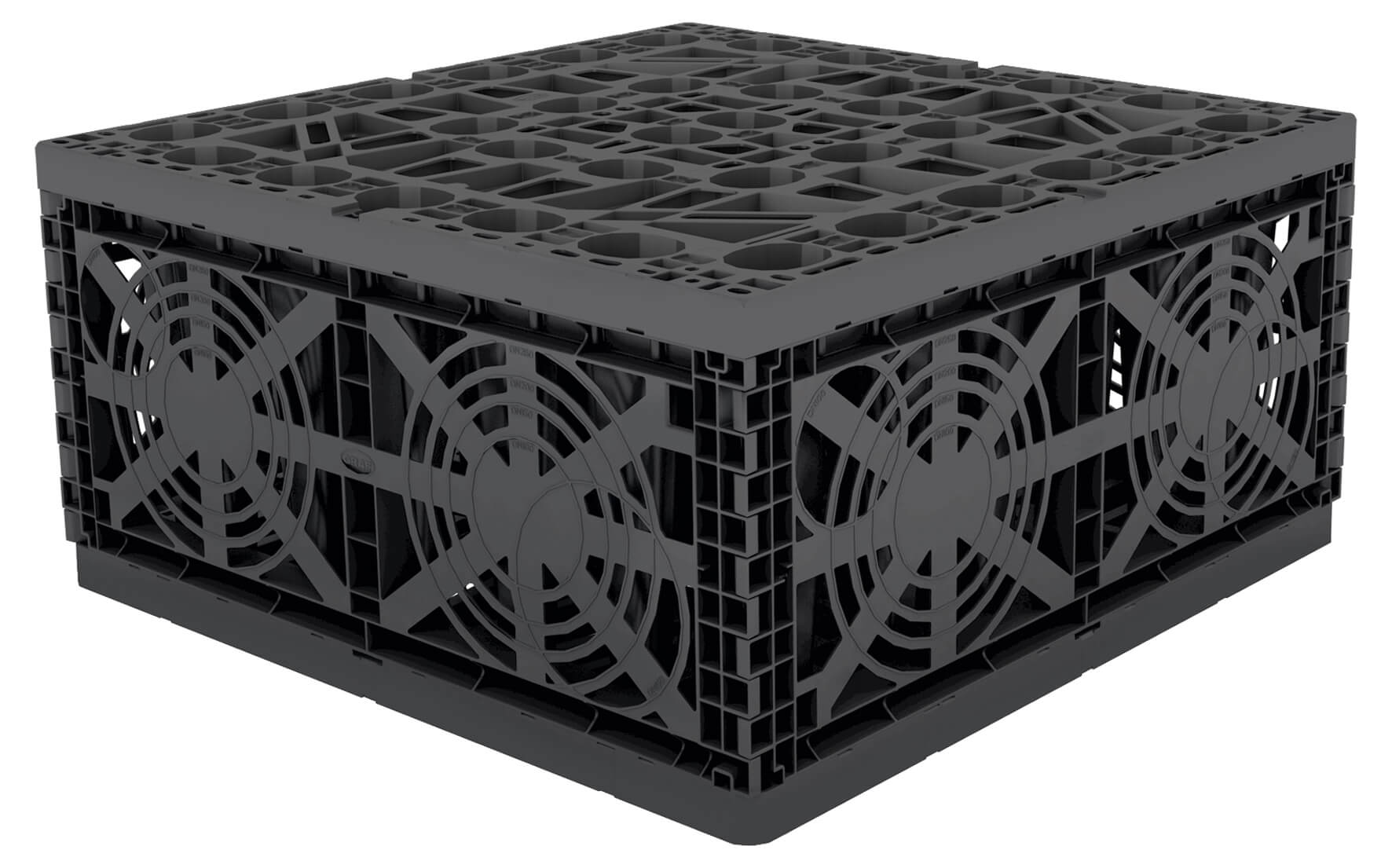Recycling needs to be an integral part of resource management in an efficient economy. Too much wasted materials, energy and heat are routinely accepted - this needs to change
- Details
- Written by: J C Burke
- Hits: 8209
Plastic packaging, films, and assorted plastic components will need careful attention to best use this waste stream to the greatest effect. Consequently incineration is not considered a viable solution due to problems with dioxins in the pollutant exhaust and poor levels of energy release.
 However many plastics are able to be re-formed into useful objects, in the storm water and management of flooding in many situations. One such use is of stable, underground water storage, both as flood control and for retention in hot climates - but suffering from short periods of heavy rains.
However many plastics are able to be re-formed into useful objects, in the storm water and management of flooding in many situations. One such use is of stable, underground water storage, both as flood control and for retention in hot climates - but suffering from short periods of heavy rains.
These interlocking forms can be stacked underground up to 5m in height - and still allow the land above to be used as playing fields or even for parking with appropriate additional strengthening. Very much ideal for nations where water/rainfall is for limited periodicity but heavy. Example West Coast of the African Continent, with trade winds bringing heavy rains.
Stackable Plastic Crates
Stackable stormwater control crates offer a modular design that give you more flexibility over how the system is installed and set-up in the ground. One of the major benefits of using stackable crates is that the installation can be completed much faster and without the need to use specialist heavy equipment. These types of crates are more suitable for areas that cannot accommodate a long row of crates attached to each other. Instead, they are stacked on top of each other to retain a large storage holding and facilitate the release of rainwater into the surrounding environment when needed.
Light duty crates
Light duty stormwater control crates are best suited for pedestrian loads through to domestic vehicular loads. In most cases, light duty crates are installed in gardens and landscaping areas and have a load limit of around 20 tonnes. The depth of cover, tank depth, top surface cover, ground type (granular or cohesive) and usual loading traffic will all have to be accounted for to ensure this type of crate is suitable for the land.
Heavy duty crates
Heavy duty stormwater control crates are designed to accept large weight loads at ground level, often exceeding a 60-70 tonne load rating. The exact load a capacity is decided by the cover depth, soil type, surface finish and other similar factors, which can be determined by the installation company. A heavy-duty stormwater control crate is typically installed in areas that experience large amounts of traffic on a regular basis, or for car parking areas that accommodate several domestic vehicles.
- Details
- Written by: J C Burke
- Hits: 7023
 Notice that the methane levels have jumped up to 1800 ppb in the last 50 years [Blue Line] the global mean temperatures [Grey Line] used to mirror methane spikes, but now something else is happening graph source https://methanelevels.org
Notice that the methane levels have jumped up to 1800 ppb in the last 50 years [Blue Line] the global mean temperatures [Grey Line] used to mirror methane spikes, but now something else is happening graph source https://methanelevels.org
RECENT AND HISTORICAL DATA [Post 1983]
Since 1983, globally-averaged CH4 levels have been collected and updated monthly as new samples are added to the analysis. A 3 month lag is required to ensure the data has been properly vetted for possible contamination. Prior to 1983, methane levels have been extracted from ice core data from Antarctica.
Globally-averaged, monthly mean atmospheric methane abundance is determined from marine surface sites. The Global Monitoring Division of NOAA's Earth System Research Laboratory has measured methane since 1983 at a globally distributed network of air sampling sites.
Credits: Ed Dlugokencky, NOAA/ESRL (www.esrl.noaa.gov/gmd/ccgg/trends_ch4/)
METHANE
E. Dlugokencky, S. Houweling, in Encyclopedia of Atmospheric Sciences, 2003
Biological Production
Decomposition of organic matter by bacteria under anaerobic conditions in, for example, wetlands, flooded soils, sediments of lakes and oceans, sewage, and digestive tracts of ruminant animals, involves complex simultaneous processes that can produce methane as a byproduct.
Read more: Rising Methane Levels - and impact on Climate Change
